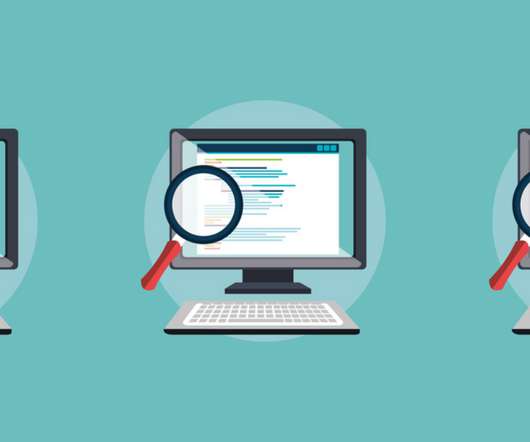Cyber Security in Banking: Threats, Solutions & Best Practices
eSecurity Planet
SEPTEMBER 13, 2024
From personal information like Social Security numbers and addresses to sensitive financial details, banks store a treasure trove of data that, if compromised, can lead to identity theft, fraud, and significant financial loss for individuals. Cyber security plays a crucial role in safeguarding this information from unauthorized access.















Let's personalize your content